This lecture introduces the fundamental understanding of magnetism presenting the different appearances of magnetism (diamagnetism,
paramagnetism, superparamagnetism, ferro-, antiferro-, ferrimagnetism) and the physical origins, the formation of magnetic
domains. Furthermore, it introduces the origin of superconductivity and its response to the magnetic field. The experimental
techniques to observe magnetism and superconductivity will be explained. Therefore, it will include the brief history of superconductivity
from the milestone of low-temperature technique in the discovery of superconductivity to the recent topic of superconductivity.
This course is in the gPBL Project "Joint Lecture in Superconductivity and Magnetism for Japanese, International, and Indonesian Young Prospective Researchers". The SIT students (including international exchange-students) will be taught by additional International lecturers. And, several students from Institut Teknologi Sepuluh Nopember (ITS) Indonesia will officially join into this course. The first to seventh week of the class is conducted as COIL Program.
This course is in the gPBL Project "Joint Lecture in Superconductivity and Magnetism for Japanese, International, and Indonesian Young Prospective Researchers". The SIT students (including international exchange-students) will be taught by additional International lecturers. And, several students from Institut Teknologi Sepuluh Nopember (ITS) Indonesia will officially join into this course. The first to seventh week of the class is conducted as COIL Program.
To learn the classification of various magnetic materials and the physical origins, and to understand the concept of magnetic
domains. To learn the characteristic or physical parameter describing magnetic and superconducting state. The students will
be provided with a profound knowledge of the various types of magnetism, the basic concepts of magnetic domain, and the various
characteristic parameter to describe a magnetic material.
| Goals and objectives | Course Outcomes | |
|---|---|---|
| 1. | The students learn the concept of magnetic moments and magnetic susceptibility. |
A-1
|
| 2. | The students learn phase transition from paramagnetism to magnetic ordering (ferro-, ferri-, or antiferromagnetic) state. |
A-1
|
| 3. | The students learn the electronic and magnetic concepts of superconductivity. |
A-1
|
| 4. | The students learn the phase transition from metal (paramagnetism) to superconducting state (diamagnetism). |
A-1
|
| 5. | The students understand and distinguish the details of several magnetic curve from magnetization measurements. |
A-1 ,
A-2
|
| midterm exam | discussion | final exam | Total. | |
|---|---|---|---|---|
| 1. | 5% | 5% | 5% | 15% |
| 2. | 5% | 5% | 5% | 15% |
| 3. | 5% | 5% | 10% | 20% |
| 4. | 10% | 5% | 10% | 25% |
| 5. | 10% | 5% | 10% | 25% |
| Total. | 35% | 25% | 40% | - |
- Magnetism, magnetic moment and susceptibility
COIL Program - Diamagnetism and Paramagnetism
COIL Program - Types of magnetic order and structure
(Antiferromagnetism, Ferromagnetism, Ferrimagnetism, and other types)
COIL Program - Magnetization curve
COIL Program - Spin and Charge
COIL Program - Charge Order
Lecture by Dr. Mizuki Urai (Institute of Solid State Physics The University of Tokyo)
"Charge Disproportionation Probed by NMR"
COIL Program - (a) Midterm exam and discussion on the solutions.
The participants are divided into groups whose members are a mix of SIT, ITS, and International students. They are given a reference (high-impact journal) to study and present their discussion result.
COIL PROGRAM
(b) Dutch Influence in Japan
Lecture by Prof. H. Yoshikubo
COIL PROGRAM with "Science and Religion in Japan" subject - The Discovery of Superconductivity by the Dutch
COIL PROGRAM with "Science and Religion in Japan" subject - Discovery of unconventional superconductivity
COIL PROGRAM - Electronic and Magnetic properties and how to measure
Lecture by Dr. Malik A. Baqiya (ITS Indonesia)
"Magnetism in T'-structure Cuprates Nanocrystals"
COIL PROGRAM - Characterizing Superconductivity
Superconductivity in Quasicrystal
Lecture by Prof. Nayuta Takemori (Center for Quantum Information and Quantum Biology Osaka University Japan)
COIL PROGRAM - -Organic Superconductor
-Organic Battery
Lecture by Dr. Fahmi Astuti (ITS Indonesia) "Research on Battery Materials"
COIL Program - Energy materials
Lecture by Prof. Darminto (ITS Indonesia)
"Correlated Plasmons in Carbon-like for Photovoltaic Devices
Organic Photovoltaic
Lecture by Dr. Retno Asih (ITS Indonesia)
"Observation of Correlated Plexiton in a-Si:H Films"
COIL Program - Final exam and discussion on the solutions
The praticipants are divided into groups whose members are mix of SIT, ITS, and International students. They are given a reference (high-impact journal) to study and present their discussion result.
(TBA) Introduction to muon facility by virtual tour
| A:Fundamental Mechanical Engineering | B:Advanced Mechanical Engineering | C:Environment and Materials Engineering | D:Chemistry and Biotechnology | E:Electrical Engineering and Robotics | G:Advanced Electronic Engineering | F:Information and Communications Engineering | L:Computer Science and Engineering | H:Urban Infrastructure and Environment |
|---|
| Evaluation method and criteria | HW assignments (Including preparation and review of the class.) | Amount of Time Required |
|---|---|---|
| The students will be evaluated based on their: midterm exam, activity during the class (presentation and discussion) will contribute 60% of the grade; final exam will contribute 40% of the grade. Students need at least 60% of the full score to pass this course. |
Review of the lecture | 50分 |
| - | - | 50分 |
| ways of feedback | specific contents about "Other" |
|---|---|
| The Others | Feedback in class or through Slack channel |
1. Superconductivity: A Very Short Introductions by Stephen Blundell
2. High Temperature Superconductivity by Shin-ichi Uchida
3. Superconductivity: Discovery and Discoverers: Ten Physics Nobel Laureates tell their Story by Kristian Fossheim
4. Superconductivity of Metals and Cuprates by J. R. Waldram
5. Oxford Master Series in Condensed Matter Physics: Superconductivity, Superfluid and Condensates by James F. Annett
6. Magnetism: A Very Short Introduction by Stephen Blundell
7. Oxford Master Series in Condensed Matter Physics: Magnetism in Condensed Matter by Stephen Blundell
8. Magnetism in Topological Insulators by Vladimir Litvinov
2. High Temperature Superconductivity by Shin-ichi Uchida
3. Superconductivity: Discovery and Discoverers: Ten Physics Nobel Laureates tell their Story by Kristian Fossheim
4. Superconductivity of Metals and Cuprates by J. R. Waldram
5. Oxford Master Series in Condensed Matter Physics: Superconductivity, Superfluid and Condensates by James F. Annett
6. Magnetism: A Very Short Introduction by Stephen Blundell
7. Oxford Master Series in Condensed Matter Physics: Magnetism in Condensed Matter by Stephen Blundell
8. Magnetism in Topological Insulators by Vladimir Litvinov
- Available hours at room 4303-2 of Omiya Campus:
Monday 15:00 - 18:00 pm
email: dita@shibaura-it.ac.jp
- Course that cultivates an ability for utilizing knowledge
- Course that cultivates a basic problem-solving skills
- Course that cultivates a basic interpersonal skills
| Work experience | Work experience and relevance to the course content if applicable |
|---|---|
| N/A | N/A |
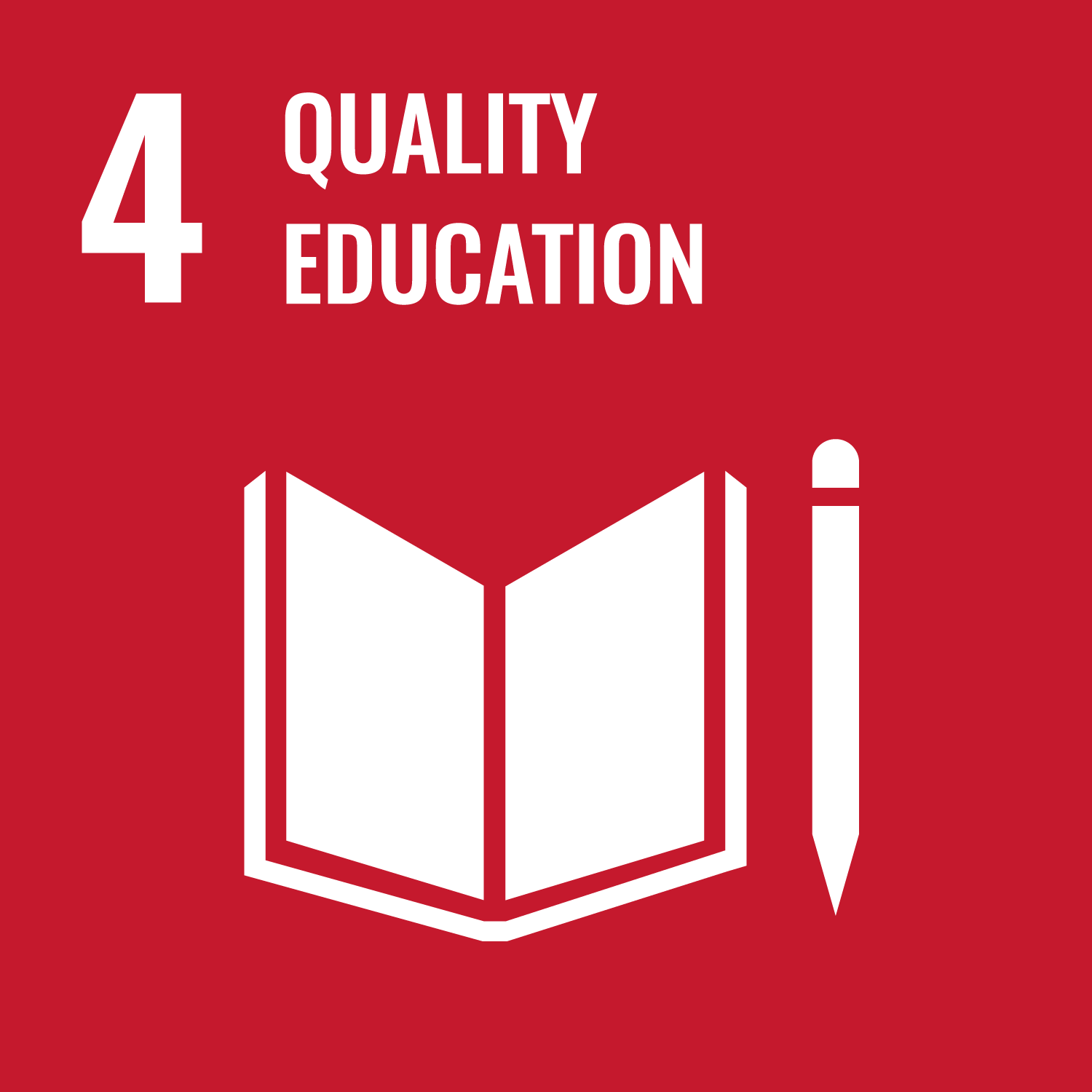
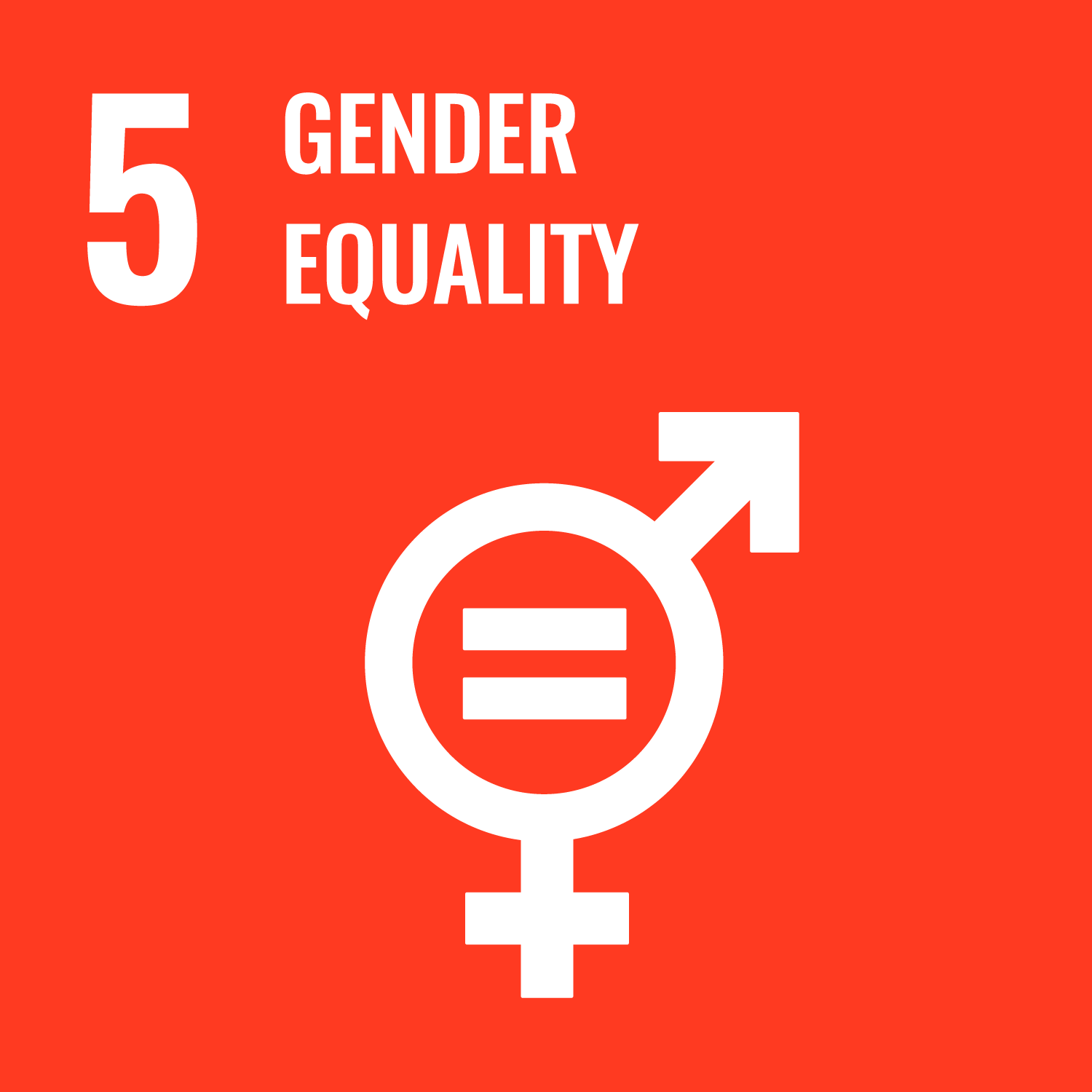
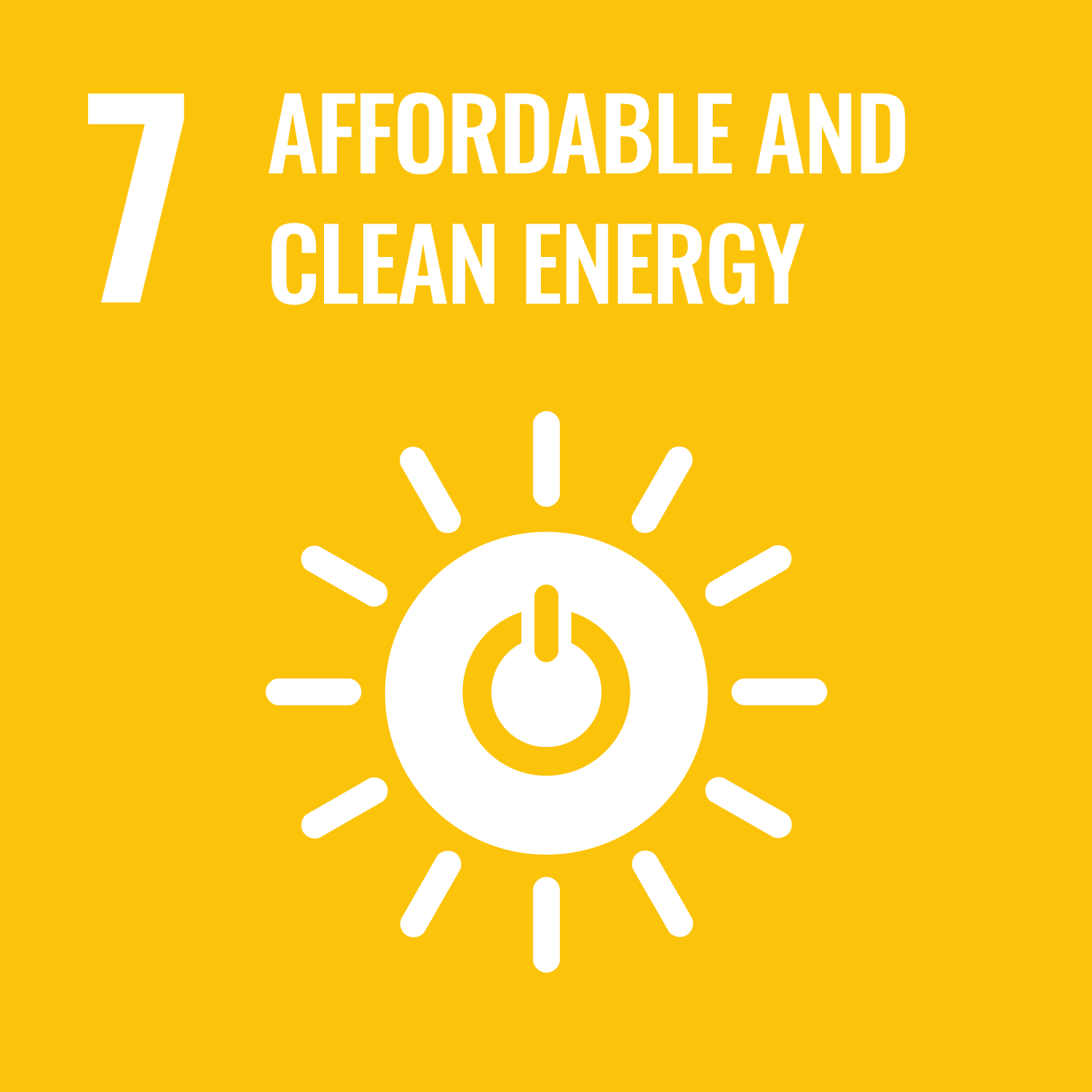
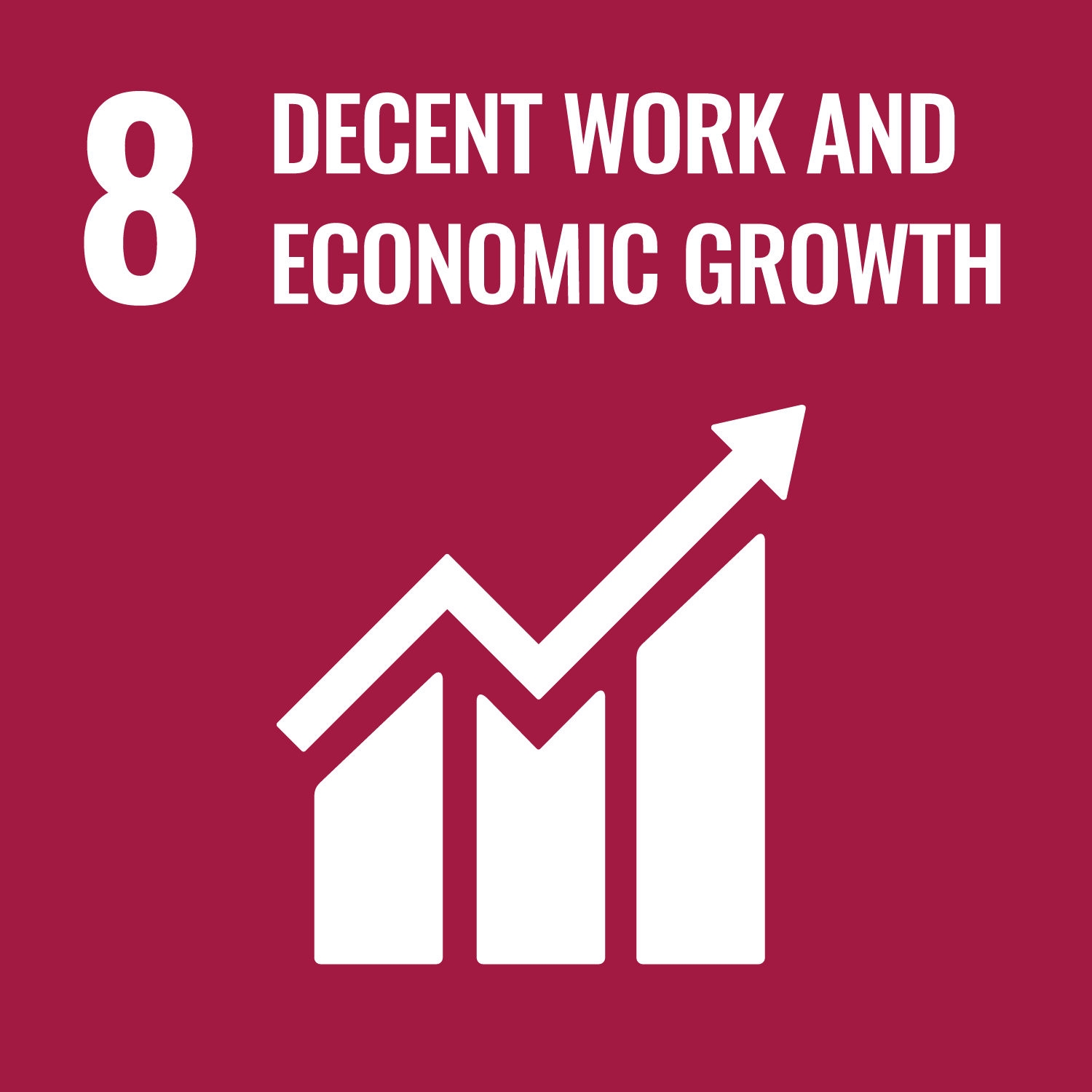

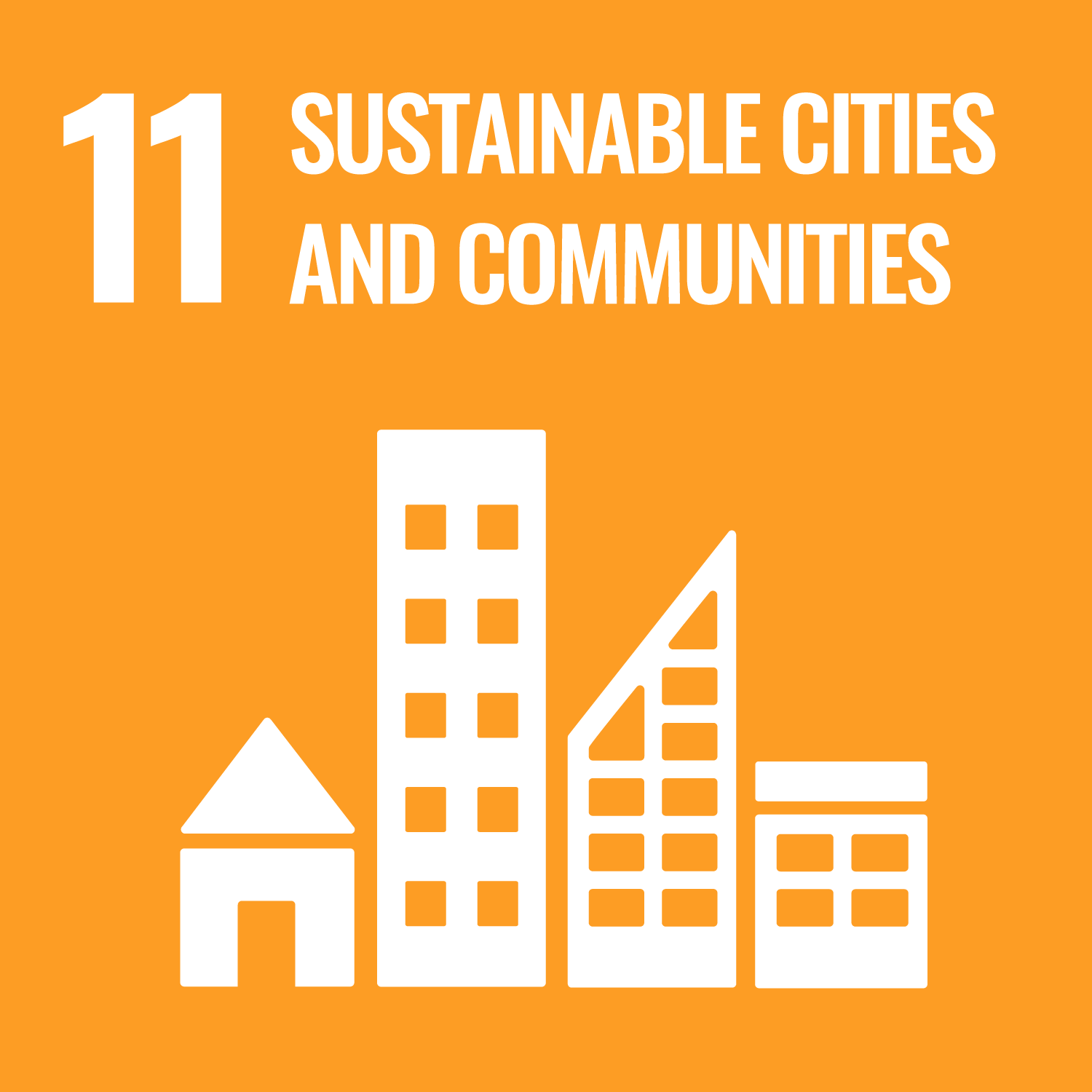
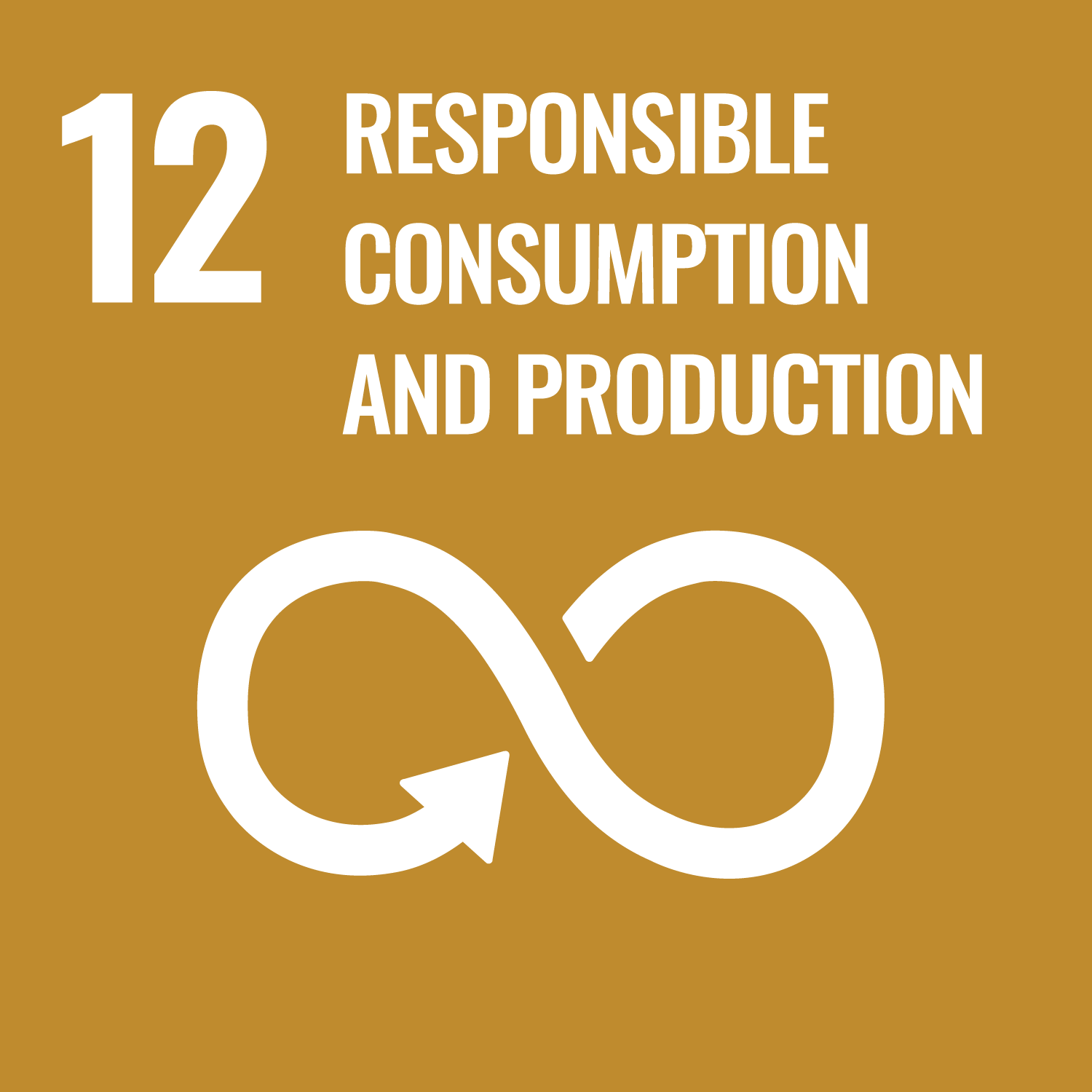
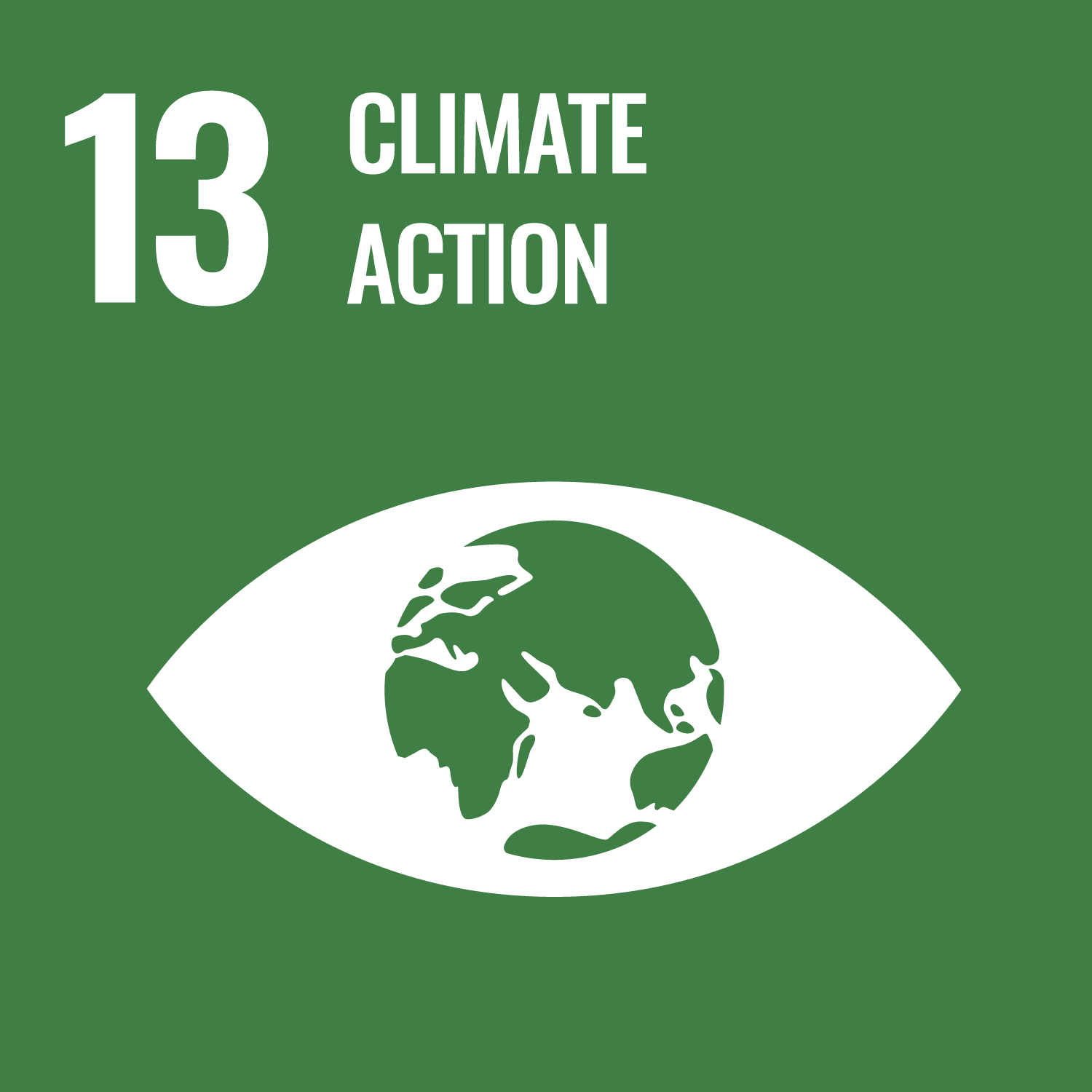
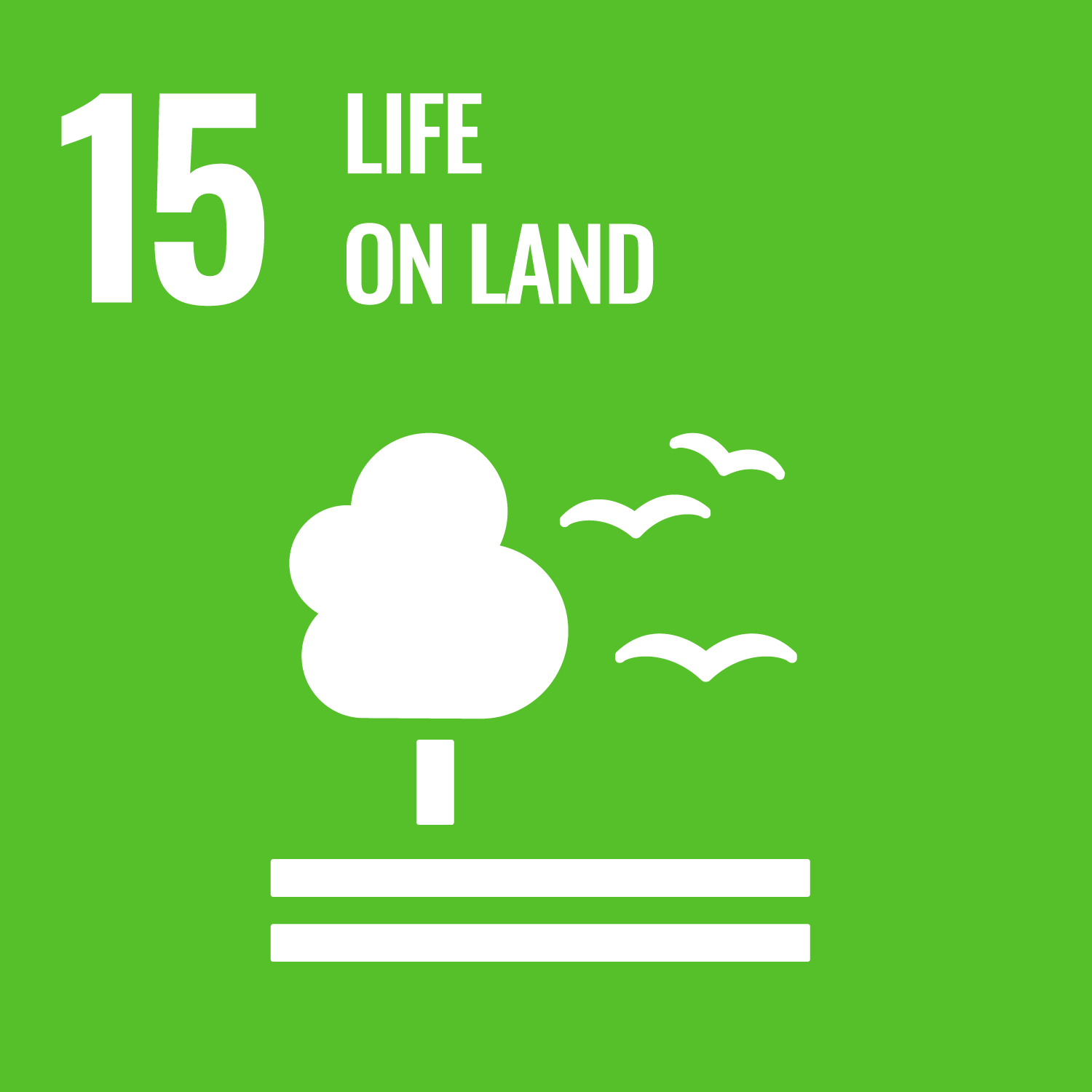
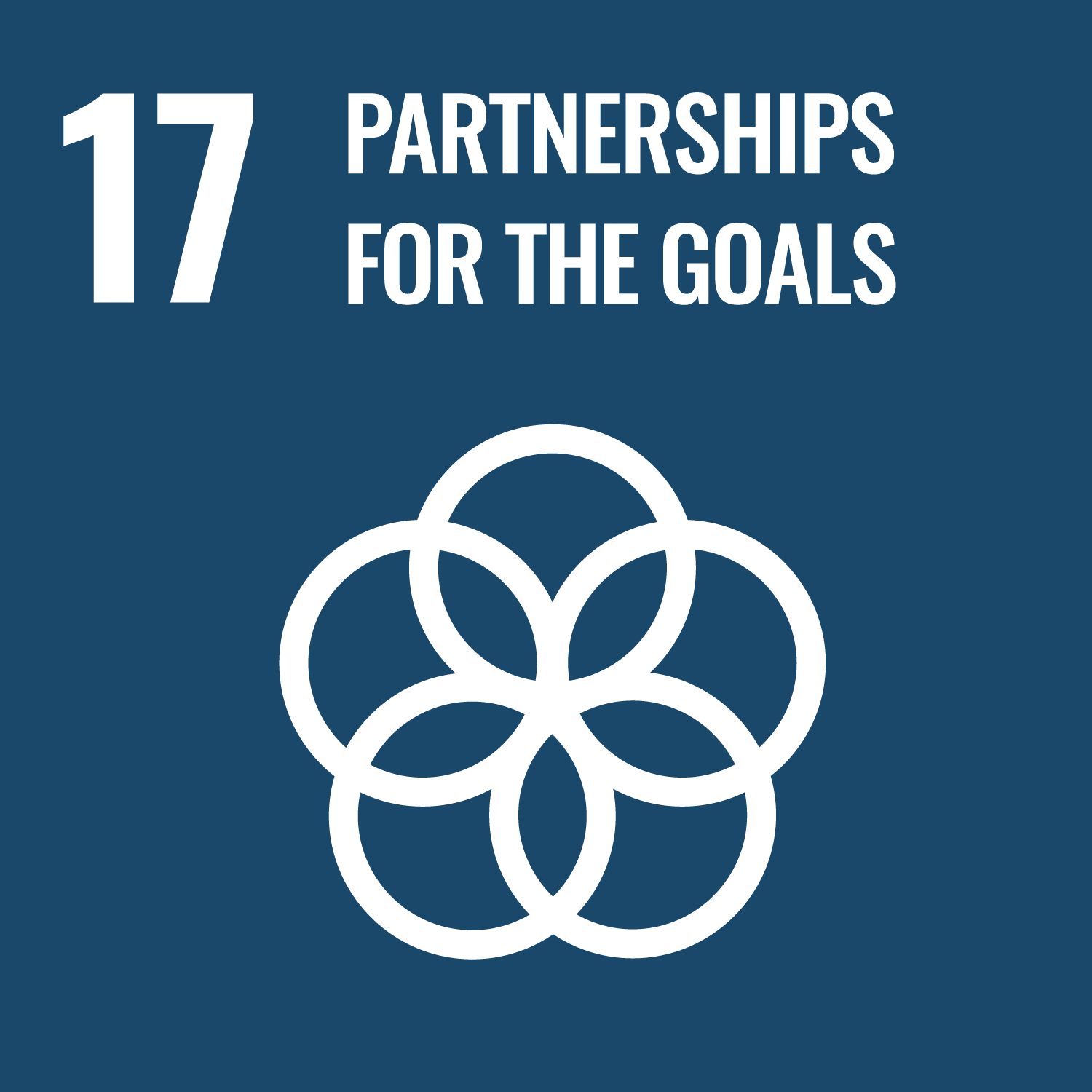
- 4.QUALITY EDUCATION
- 5.GENDER EQUALITY
- 7.AFFORDABLE AND CLEAN ENERGY
- 8.DECENT WORK AND ECONOMIC GROWTH
- 9.INDUSTRY, INNOVATION AND INFRASTRUCTURE
- 11.SUSTAINABLE CITIES AND COMMUNITIES
- 12.RESPONSIBLE CONSUMPTION & PRODUCTION
- 13.CLIMATE ACTION
- 15.LIFE ON LAND
- 17.PARTNERSHIPS FOR THE GOALS
Last modified : Tue Feb 27 04:05:59 JST 2024
